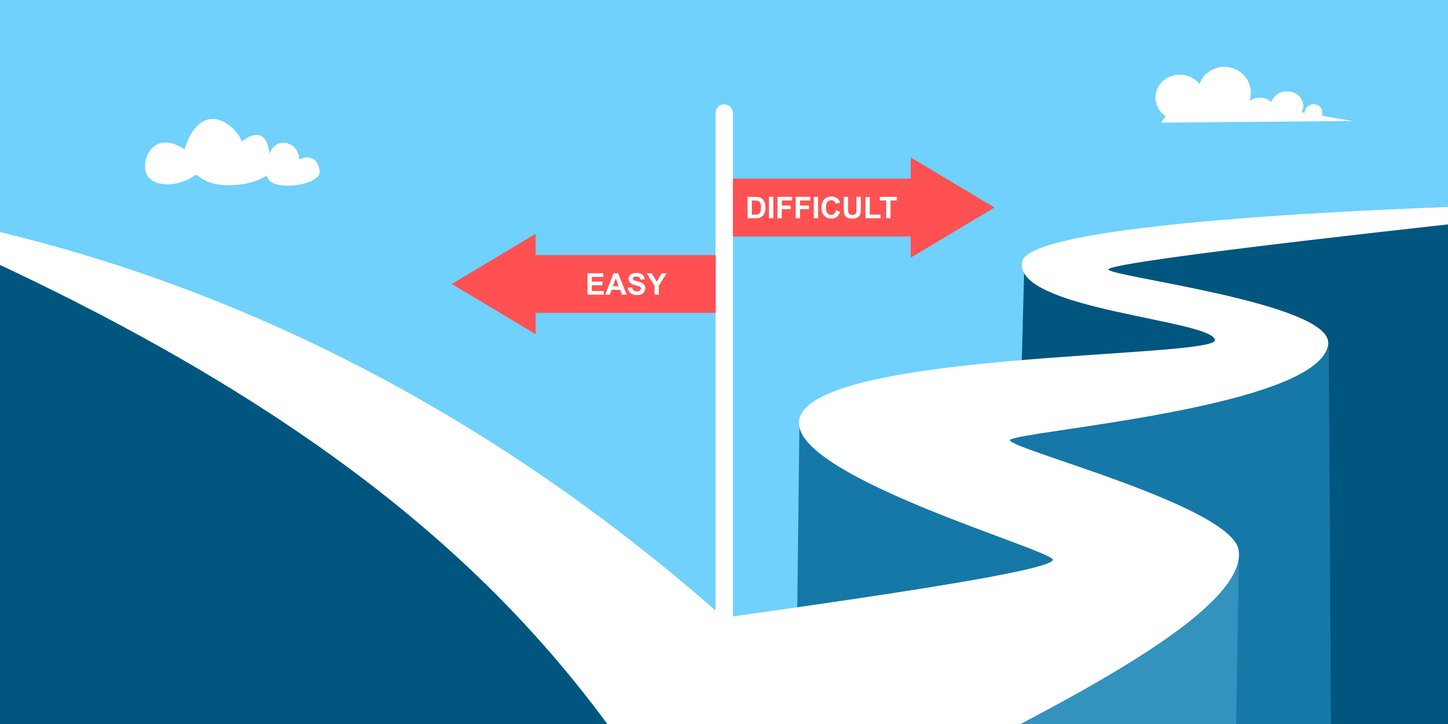 I am sure you have heard the old saying that Sales is the second oldest profession behind… Well, another form of sales - Prostitution. Anyways, even though Sales has been around for very long time, today’s sales professionals still prescribe to methods that are severely outdated and out of touch with today’s buying public.
I am sure you have heard the old saying that Sales is the second oldest profession behind… Well, another form of sales - Prostitution. Anyways, even though Sales has been around for very long time, today’s sales professionals still prescribe to methods that are severely outdated and out of touch with today’s buying public.
How often does a member of your sales team come to you with a horrific story about a sales pitch or call gone wrong?
If you have ever had this happen to you or heard it from someone on your team, you know exactly what I am talking about. The prospect shut down and stopped listening, or simply did not relate to how you or the sales team member were communicating the sales message with them?
What was the prospect's response? Did you or the team member keep chugging along spouting off the memorized sales pitch with reckless abandon? If you said yes, do not worry, most sales professionals fall prey to this trap.
The “old school” sales mantra is be direct, be forceful, impose your will, close hard and you will walk away with the sale. I am not saying that strategy doesn’t work, in fact, that may work great for a certain segment of the population, but what about all the other different buying styles your prospects may have? How do they want to be sold to?
That same direct, forceful style that works on some people may totally turn another prospective buyer off . For those salespeople lacking awareness but still selling the “best of breed" products/services, they lose their buyer as soon as they start talking and will be left wondering why they didn’t make the sale.
The new breed of highly effective sales professionals use their ability to read, understand and adapt to buyer’s style to best communicate the sales message in a way that the buyer can relate to and move them to the ultimate goal – the sale.
How do you know what makes up the style of your buyer? If you are paying attention, the prospect will give you many signals to how they want to be sold to , or what their buying style is. It is important that we become more aware of those signals constantly being given off and then make necessary adjustments to our delivery as we are listening/watching for feedback.
Examples of identifying each of the buying styles according to the DISC model:
Prospect Jim (High D) – Very direct, task oriented, fast talker, quicker to make decisions.
- Typically will get down to business very quickly, looking for efficiency.
- He/she may dominate the conversation in a direct manner.
- May start to lose interest fast when details are overused, they just want the “highlights”.
- Looking for options, not opinions.
- This style wants your full attention, will get frustrated by having to wait or be the second fiddle, while the salesperson tends to another customer.
- Biggest Fear: Being taken advantage of.
Prospect Molly (High I) – People oriented, very talkative, trusting, outgoing, relationship driven, impulse buyer.
- Lots of energy and enthusiasm.
- Attracted to new or showy products.
- Typically will be very talkative, including humor (likes some personal talk before jumping into business).
- Spending time talking/socializing is a good investment of their time.
- Does not care to gather all the details, but wants a personal connection to be made.
- Biggest Fear: Not being liked.
Prospect Matt (High S) – People oriented, passive, looking for facts, want follow-up, prefer a more methodical or patient approach
- Speaks slower, typically in a lower tone.
- Very attentive listener.
- Looking for full explanations now, so there are no surprises later.
- Gathers data carefully to reduce risk factors.
- Biggest fear: Risk taking and confrontation.
Prospect Jane (High C) - A very analytical, task oriented, and slower to act until all the information/facts are gather, less trusting type of prospect.
- Dives right into business with little to no small talk.
- Asks questions to gather data and facts, address those questions directly.
- May say “I need to think about that” – give them time to analyze.
- Arms crossed, or physically closed off.
- May disengage with a loud or emotional type of sales pitch.
- Quiet but attentive.
- Biggest fear: Being wrong.
The bottom line is that far to often salespeople lose the sale before they even get a chance at “selling” the actual product or service because of how they package the information.
Buyers have the resources at their fingertips to do as much research as they want before ever speaking to a salesperson, so it becomes increasingly important that sales professionals provide the prospect specific information they desire and communicate in a way that aligns and influences their unique style.
Salespeople that naturally possess this ability to sell the way the prospect prefers or have developed it are positioned to create a sales strategy that delivers a far better return than the classic “one size fits all approach."



